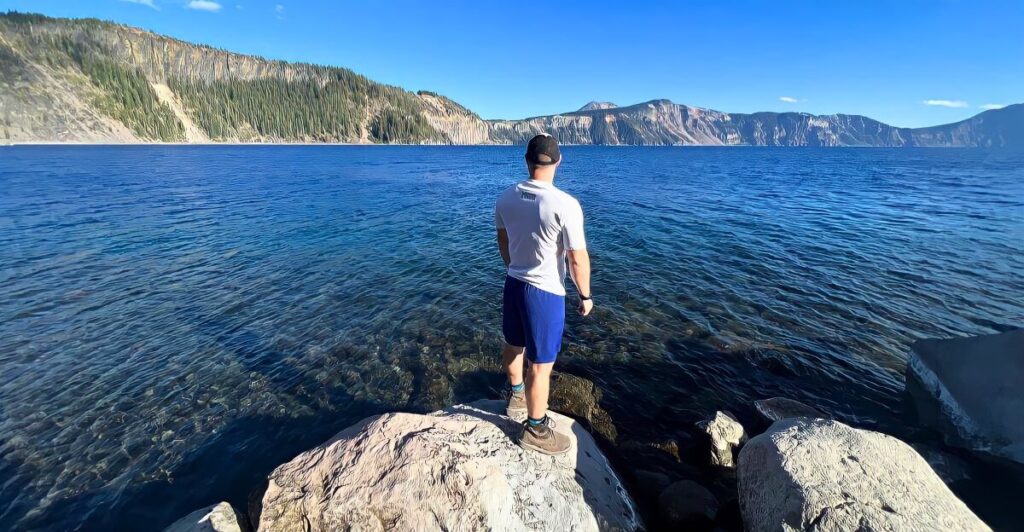
America is home to some of the most awe-inspiring lakes, and they all have something special about them. Crater Lake in Oregon stands out as the deepest lake in the United States, plunging to an astonishing depth of 1,949 feet. With its crystal clear water and deep blue hues, it attracts thousands of visitors each year.
The Formation of Crater Lake
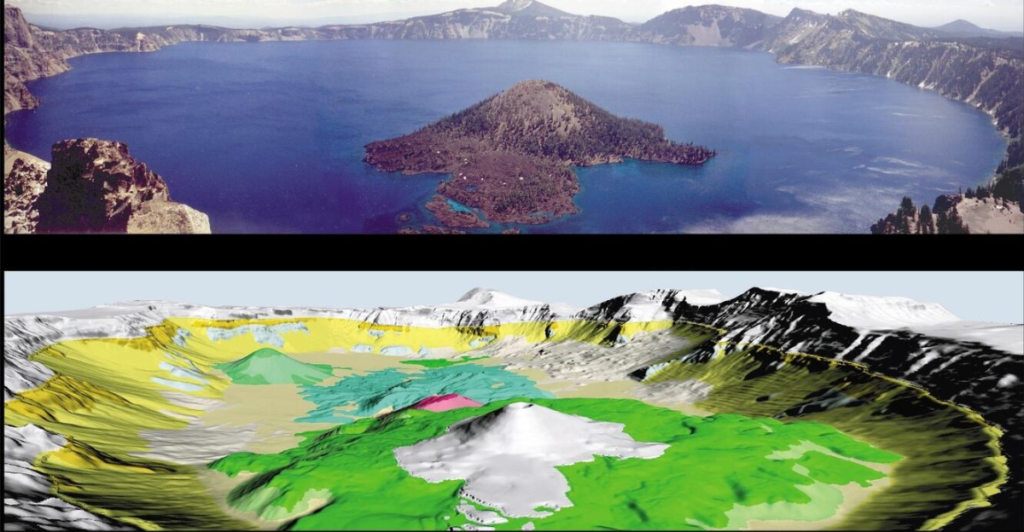
Around 7,700 years ago, Mount Mazama, a towering composite volcano in Oregon’s Cascade Range, erupted with unparalleled force, ejecting massive amounts of lava and ash.
This eruption emptied the volcano’s magma chamber, causing the mountain to collapse inward and form a vast caldera. Over centuries, rain and snow gradually filled this basin, creating the pristine lake we see today.
The process of formation left behind steep rock walls and a unique volcanic island known as Wizard Island within the lake.
Recent Tragedies Spark Concern
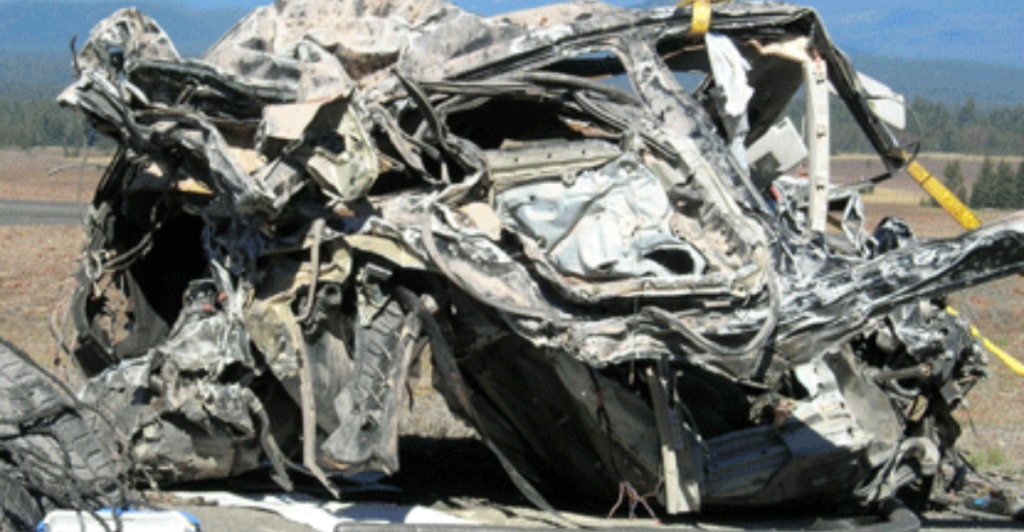
Over the years, the park has experienced various incidents, from fatalities due to accidents and health issues to environmental concerns like spills and helicopter crashes. One of the most notable incidents was a helicopter crash in 1995, where the aircraft sank into the lake with no survivors, releasing contaminants into the pristine waters.
The park has recently faced challenges such as wildfires and trail closures due to hazardous conditions. The upcoming closure of Cleetwood Cove Trail for construction and safety improvements reflects the park’s commitment to addressing these concerns and ensuring a safer experience for future visitors.
Challenges in Recovery Operations
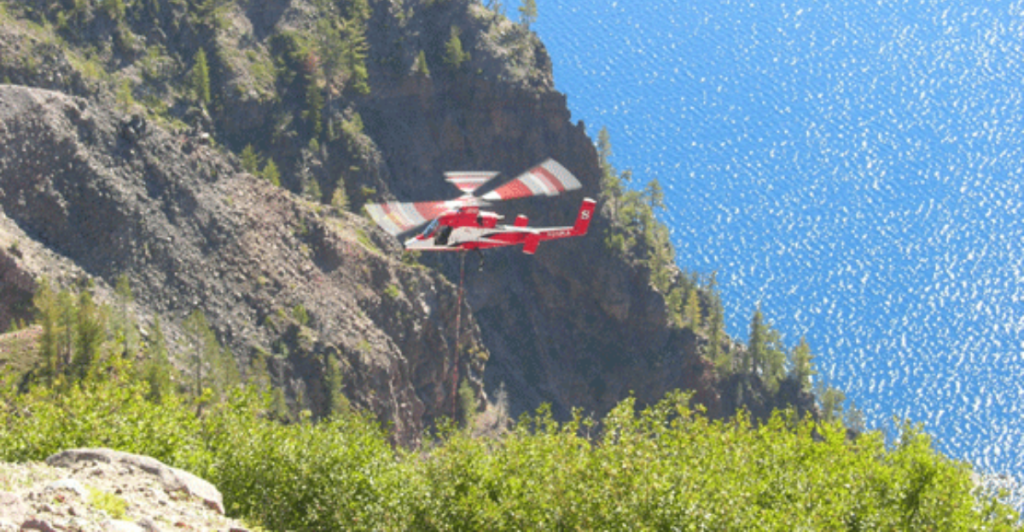
Recovery efforts in the lake can be quite challenging due to a few environmental and geographical challenges. The lake’s extreme depth, which reaches 1,943 feet, complicates underwater recovery efforts, requiring specialized equipment and expertise.
Logistical issues, such as limited access routes and unpredictable weather conditions in the region, add to the hurdles in conducting efficient and safe recovery operations.
The environment also calls for recovery activities to minimize environmental disruption, increasing operational complexity.
Closure Announcement
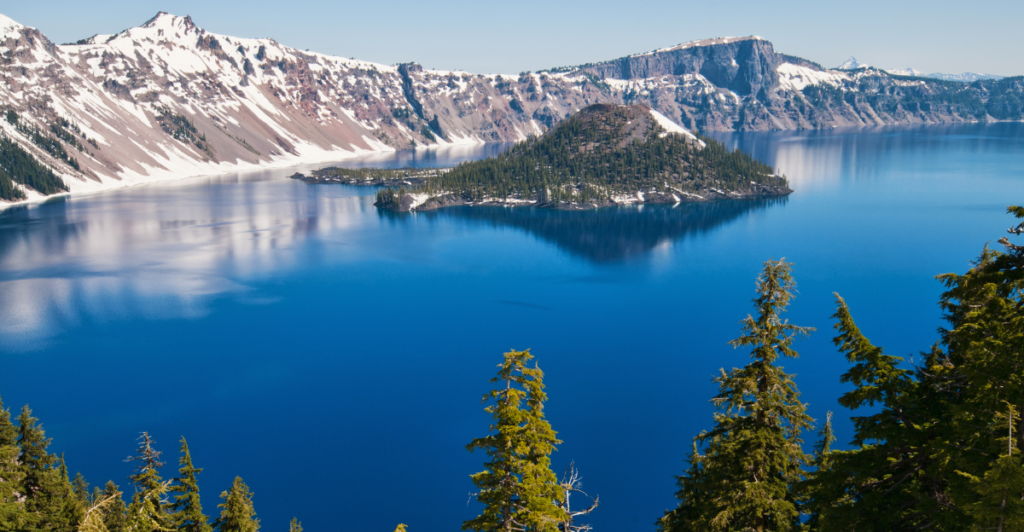
The National Park Service (NPS) recently announced the upcoming closure of Crater Lake’s Cleetwood Cove Trail, the sole access point to the lake’s shoreline, for an extensive rehabilitation project. Starting at the end of the 2025 summer season, the trail will be closed for over two years to address critical issues such as erosion, rockfall hazards, and infrastructure damage caused by heavy foot traffic.
Construction is scheduled to begin in 2026 and continue through the summer months of 2027 and 2028, with the trail expected to reopen in summer 2029. During this period, swimming, boating, and other water-based activities will be suspended, and access to the lake will be restricted to scientists conducting research.
Impacts on Tourism
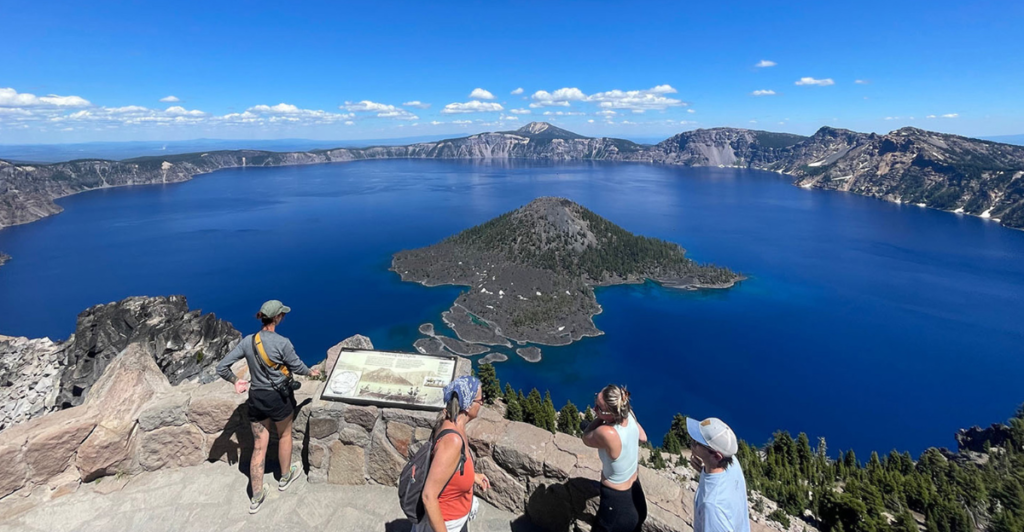
The closure of the Cleetwood Cove Trail and the suspension of lake access at Crater Lake National Park are expected to significantly impact tourism. As the only trail providing access to the lake’s shoreline, Cleetwood Cove is a major draw for visitors seeking to swim, boat, or experience the lake up close.
With these activities unavailable from 2026 to 2029, the park may see a decline in visitation, particularly among adventure-seekers and water enthusiasts. Local businesses that rely on tourism, such as lodging, dining, and tour operators, could also face economic challenges during this period.
The National Park Service hopes that the long-term benefits of improved safety and infrastructure will outweigh the temporary disruption, ultimately enhancing Crater Lake’s appeal when full access is restored in 2029.
Safety Measures Moving Forward
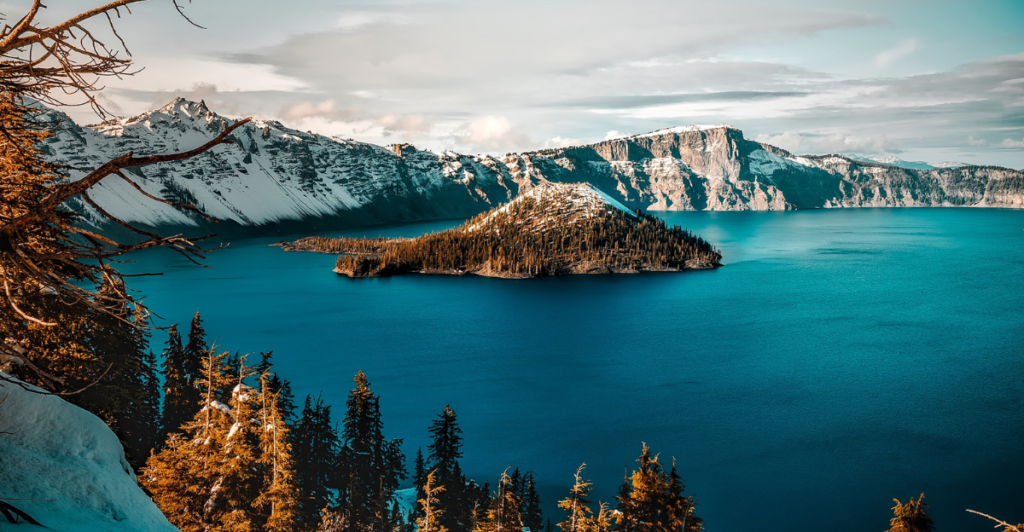
As part of its commitment to visitor safety and environmental preservation, the National Park Service (NPS) is implementing extensive safety measures while rehabilitating Crater Lake’s Cleetwood Cove Trail and Marina. These upgrades aim to create a more secure environment for visitors while reducing risks associated with the steep terrain and heavy foot traffic.
Planned improvements include reinforcing trail tread and retaining walls to address erosion, scaling and mitigating rockfall hazards in high-risk areas, and replacing outdated infrastructure with safer, modern facilities, such as the marina bulkhead and composting toilets.
A History of Accidents

Incidents like the drowning of Oregon State University student Sumedh Mannar in 2019 have underscored the dangers posed by Crater Lake’s steep drop-offs and unpredictable conditions.
The lake has been the site of numerous drownings, plane crashes, and disappearances over the decades. During World War II, military aircraft frequently flew over the area, with several planes mysteriously crashing into the lake or its surroundings, their wreckage often unrecovered due to the lake’s extreme depth and challenging terrain.
A Common Issue Among Deep Lakes

Many lakes worldwide face the same safety concerns as Crater Laker. With depths exceeding 1,158 feet, Pend Oreille has seen tragic boating accidents in which victims’ bodies were never recovered due to inaccessible depths. These lakes underscore the dangers posed by extreme underwater environments.
Algal blooms are also an issue exacerbated by nutrient runoff from surrounding land. These blooms can deplete oxygen levels in the water, creating dead zones that harm aquatic life and disrupt ecosystems.
Balancing Beauty and Safety
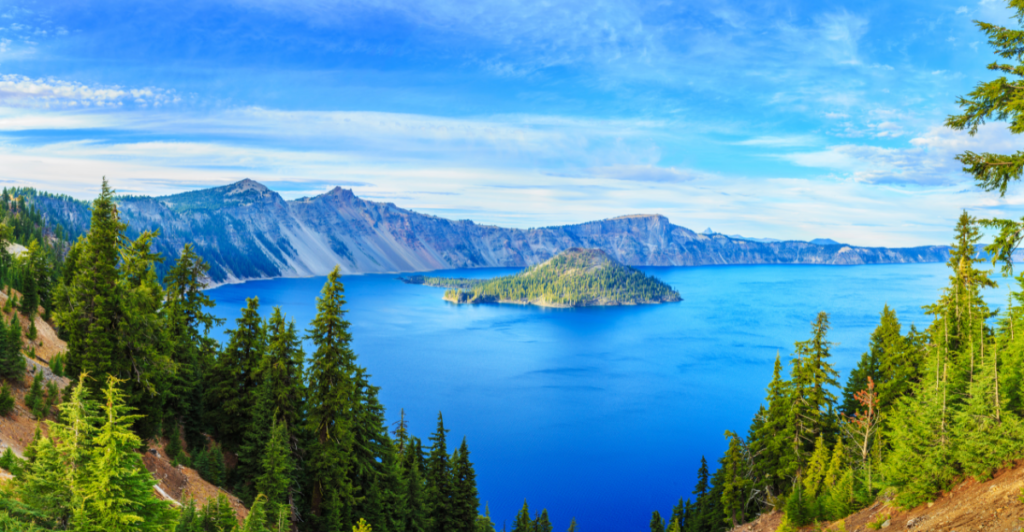
The National Park Service faces the ongoing challenge of maintaining accessibility to iconic features like Wizard Island and Phantom Ship while mitigating risks posed by steep terrain, unpredictable weather, and environmental fragility.
By prioritizing sustainable infrastructure upgrades and proactive safety protocols, the park aims to protect its crystal-clear waters, renowned for their unmatched clarity and vivid blue hues, while allowing future generations to experience its awe-inspiring beauty without compromising safety standards.
Explore more of our trending stories and hit Follow to keep them coming to your feed!

Don’t miss out on more stories like this! Hit the Follow button at the top of this article to stay updated with the latest news. Share your thoughts in the comments—we’d love to hear from you!







